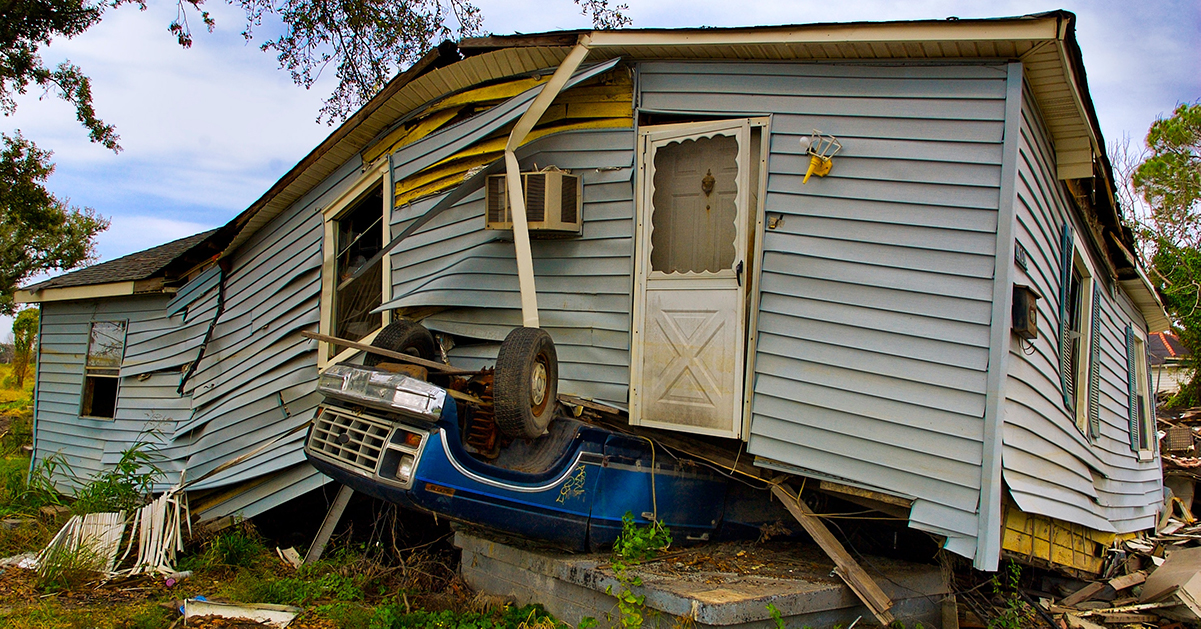Insurance buyers face the hardest property insurance market in a generation, with historic inflation and skyrocketing natural disaster losses causing “significant pressure,” according to a new report from the American Property Casualty Insurance Association (APCIA).
“The U.S. property casualty insurance industry is facing significant pressure from rising economic inflation, legal system abuse, supply chain constraints, increasing catastrophic weather driving up losses, and historic cost increases for reinsurance and other forms of capital,” said Karen Collins, APCIA vice president, property and environmental, in a statement. “The combined effects are resulting in the hardest market cycle in a generation. Commercial and private clients (particularly those in high-risk regions) should the impact of recent, elevated cost trends.”
In a paper titled “Hard Market Cycle Arrives: Inflation, Natural Disasters, and More Straining Property Insurance Markets,” APCIA and Dr. Robert Hartwig, Ph.D., CPCU, of the University of South Carolina, outlined the challenges for the market and urged loss mitigation for homes and properties.
Notably, 2022 marked the eighth consecutive year where the U.S. experienced at least ten catastrophes causing over $1 billion in losses, according to the paper. Preliminary estimates suggest the property market’s combined ratio will reach 108% for the year, and the personal lines market faces a five-year high of $34.9 billion in underwriting losses. The insurance industry expects losses for 2022 to be $26.9 billion.
“Adding to the industry’s financial woes, significant losses since 2017 have pushed the cost of capital to levels not seen since the 2001-2006 period, if not before—a cost that is rippling through catastrophe-exposed markets,” the authors stated. According to reinsurance broker Guy Carpenter, these factors drove the cost of property catastrophe reinsurance up by 30.1% at the start of the year after a 14.8% increase in 2022.
These challenges will mean continued rate adjustments in the personal and commercial property lines and potentially stricter underwriting, APCIA warned. Loss mitigation through smart technology, disaster-resistant materials, and up-to-date building codes can be “… the key to easing the pressure on costs for everyone,” the authors of the report added.
Research shows that every $1 spent on natural hazard mitigation in new code construction can save $11 in disaster repair and recovery costs, they noted, citing reports from the U.S. Federal Emergency Management Agency (FEMA) and the National Institute of Building Sciences (NIBS). Additionally, FEMA research found that if all new construction followed modern building codes, the U.S. would save more than $600 billion by 2060.
“Insurers believe communities must begin to adapt to growing climate impacts now by adopting and enforcing stronger building codes in high-risk areas. As more communities prepare, there should be a meaningful decrease in losses, which should translate to more affordable and available coverage for consumers,” said APCIA. For example, with Hurricane Ian, communities constructed after 2004’s Hurricane Charley experienced much less damage in the 2022 storm.
From an insurance perspective, APCIA advised property owners to consider adding automatic inflation guard coverage, ordinance and law coverage, and extended replacement cost coverage to boost their financial protection. They also recommended that consumers – and their brokers – fully assess policies to determine if they have replacement cost coverage (which does not include depreciation and offers more financial recovery) or actual cash value cover.



